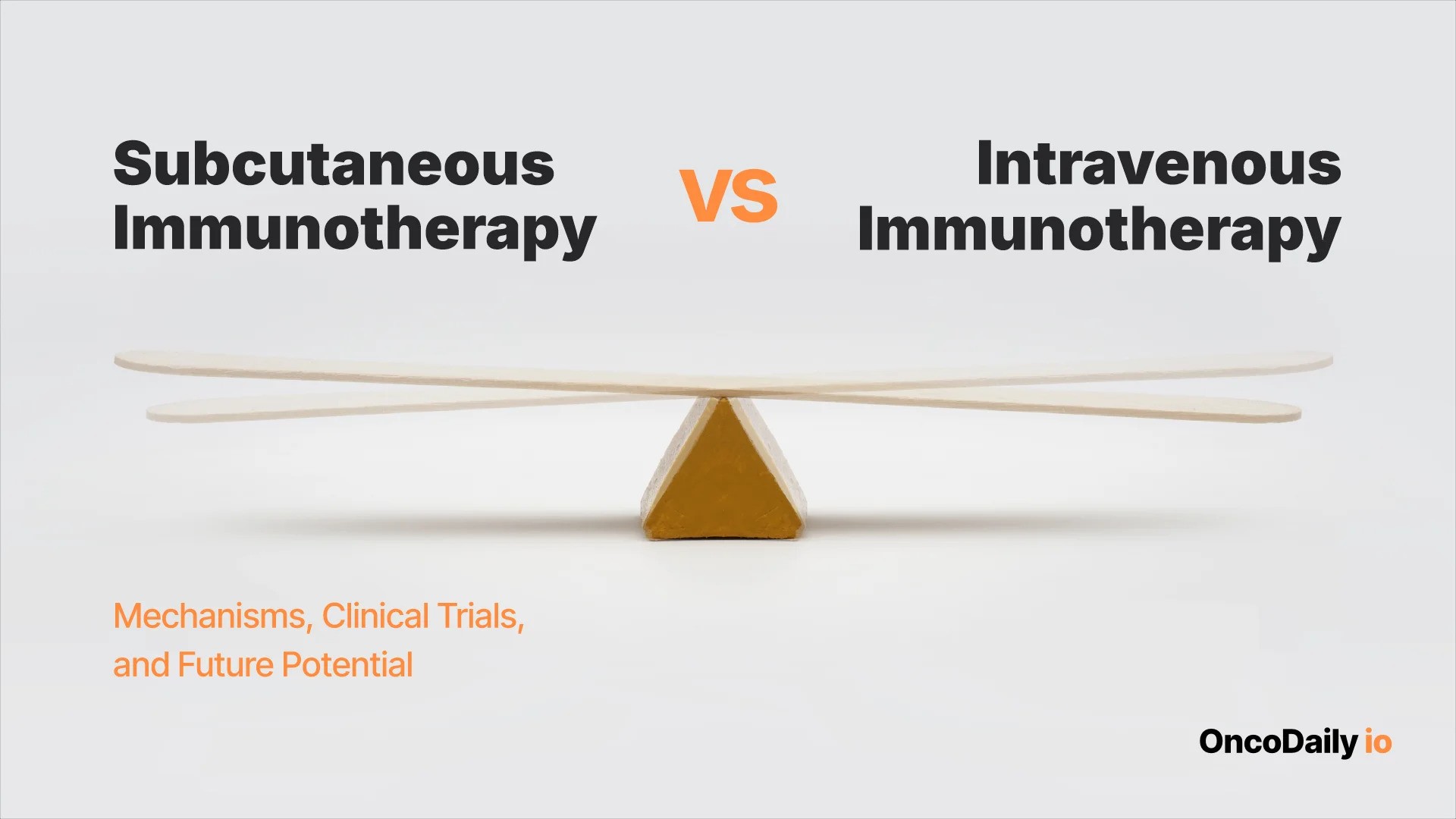Maria (Masha) Babak, Head of The Babak Lab and Assistant Professor at City University of Hong Kong, shared The Babak Lab’s post on LinkedIn, adding:
“Important reminder that convenience doesn’t always align with access or equity.”
The Babak Lab shared a post on LinkedIn about recent article by Roni Levina et al, published in The Lancet Oncology:
“Subcutaneous Immunotherapy — A Wolf in Sheep’s Clothing?
A new Lancet Oncology commentary looks at the growing use of subcutaneous checkpoint inhibitors and asks whether this shift benefits patients — or mainly supports extended profits for pharma.
Study Focus
A comparison between subcutaneous and intravenous versions of drugs like nivolumab and pembrolizumab, with a focus on how they’re delivered, how they work, and the business strategies behind them.
Key Insights
- Subcutaneous versions work similarly to IV forms and are quicker to give
- High pricing and delayed biosimilar entry may increase financial pressure on health systems
- Reformulations can help keep patents active and delay access to cheaper options
Conclusion
Subcutaneous immunotherapy offers clear practical advantages but may slow the adoption of cost-saving biosimilars, posing significant policy and access challenges – especially in low- and middle-income countries.
Image generated using Sora by OpenAI.”
Title: Subcutaneous immunotherapy—a wolf in sheep’s clothing?
Authors: Roni Levina, Amol Akhade, Manju Sengar, Daniel A Goldstein
Read the Full Article on The Lancet Oncology
 You can also read: Subcutaneous Immunotherapy vs Intravenous Immunotherapy in Cancer: Mechanisms, Clinical Trials, and Future Potential
You can also read: Subcutaneous Immunotherapy vs Intravenous Immunotherapy in Cancer: Mechanisms, Clinical Trials, and Future Potential

